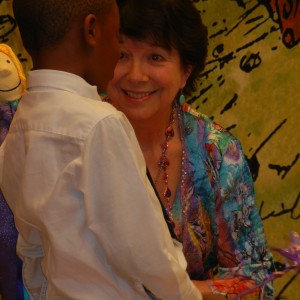-
- 04 Nov
Compassionate Conversations
Individual incidents of character building are not usually planned. A child witnesses bullying at school or makes unkind remarks to another child. Adults may minimize the incident or underestimate the seriousness of a child’s guilty feelings for not taking action.
It takes practice to establishing a pattern of compassionate behavior. Adults can provide a safe environment to help a child prepare for those difficult social situations.
Listed below are situations to begin a dialogue with a child about how to respond with kindness and compassion. The responses will vary according to an individual child’s personality and the actions they feel they can take to make a positive difference. There may be a variety of kind and compassionate responses.
- A girl in the cafeteria whispers to you that the boy sitting across from you has funny teeth and wants the two of you to give the boy a silly grin and point to your teeth. You decide to ……..
- Kids in the movie theater are kicking the seat of a boy in front of them. You know the boy and you ……….
- Your best friend refuses to come to your house for a play date because she thinks your sister will tease her. You will ………..
Listening to the responses, without judging builds trust. It may be challenging but it is important to clearly understand not only what is being said but also the reasoning behind the particular response. “Tell me more about how you made that decision.” If you want the child to consider an alternative point of view, you can say, “That is one point of view,” or “Interesting possibility.” “What if……..” “What do you think the results will be when you _______?” “How do you think that person will feel?” “How do you think you will feel when you have _____?” The key is to listen!
About the Author
dotty
